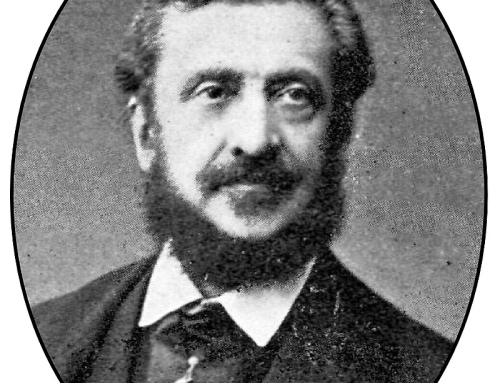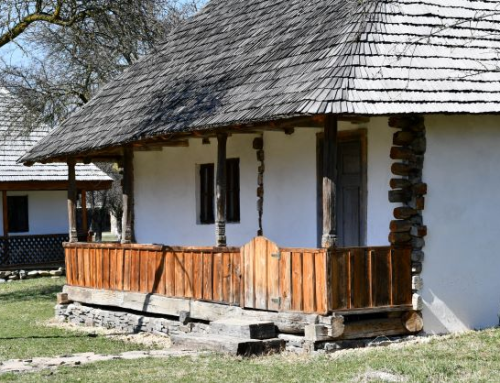The plague
The plague
Wars, floods, earthquakes, periods of drought followed by severe famine, plague, typhus, cholera, influenza and all sorts of illnesses (consumption and syphilis among the most widespread) were a part of the life of two centuries ago.
Of all the evils, perhaps the most deadly was the plague. Returning in force in the middle of the fourteenth century in Europe, it had become endemic, periodically bursting with virulence. On average, every twenty years, especially in cities or overcrowded areas, epidemics erupt, leading to loss of human lives between 1/10 and 1/3 of the total population. In the 19th century, two cruel epidemics broke out in the Ottoman Empire, between 1812-1819 and 1835-1838. A organic part of the Balkan-Ottoman world, the Romanian space was not shunned by this scourge, brought in various ways – on the land or water, trough commercial and military roads of the empire, carried by couriers, merchants, pilgrims, transhumant or nomadic populations, sailors, armies, fugitives, etc. The plague broke out in the Romanian space also between 1823 and 1824 and 1828 and 1829.
Through the correspondence of the Golescu family, we penetrate into the mental universe of the 19th century and, today more than ever, we can transpose ourselves into their situation, to understand their experiences, worries, fears, pain, fear, caution and the resignation with which they responded to such events.
Thus, in 1834, Zinca (Zoe) Golescu writes to her sons, Ștefan and Nicolae, young officer-officers in the suite of the ruler Alexandru Dimitrie Ghica. In this capacity they had followed the prince to Constantinople, at a time when the Ottoman capital was devastated by the plague.
Zinca writes to Roșculiță (Nicolae Golescu’s alias) on June 7, 1834, expressing, first of all, the joy of knowing the two sons healthy and informing them that family members remaining in the country are safe, without being affected by the epidemic. A loving and protective mother tactfully advises and cares for her sons. She write to them: “Nicolae, please, my good child, take more care of yourself, do not go out often, or if you go out, do not interfere among people who do not take any precautions in order to avoid the plague. Always remember what I told you when you left, so I hope my words will not be carried by the wind, without making any impression on you. ”
From Istanbul,the ruler Alexandru Dimitrie Ghica returns in mid-July 1834, stopping in quarantine at Giurgiu. The plague had hit the royal suite, one of the prince’s companions dying on the way and being buried in Varna. Zoe Golescu writes to his eldest son, Stefan, expressing his joy to know him healthy and confessing how worried she was as long as she knew the two eldest sons at risk of getting sick from the plague: “I brought a thousand thanks to God that he protected you and restored you to my maternal tenderness. I had a thousand reasons to be afraid of staying in Constantinople; this contagious disease that has been reigning for a long time has caused me nervous tension, as many times as I thought, although now it’s all over (…) ”. (August 3, 1834)
In 1848-1849, the Golescu familiy will faced another microscopic enemy – cholera. About her in the next episode!
Photo: Nicolae Golescu in the uniform of royal secretary
author: Camelia Călin, researcher




